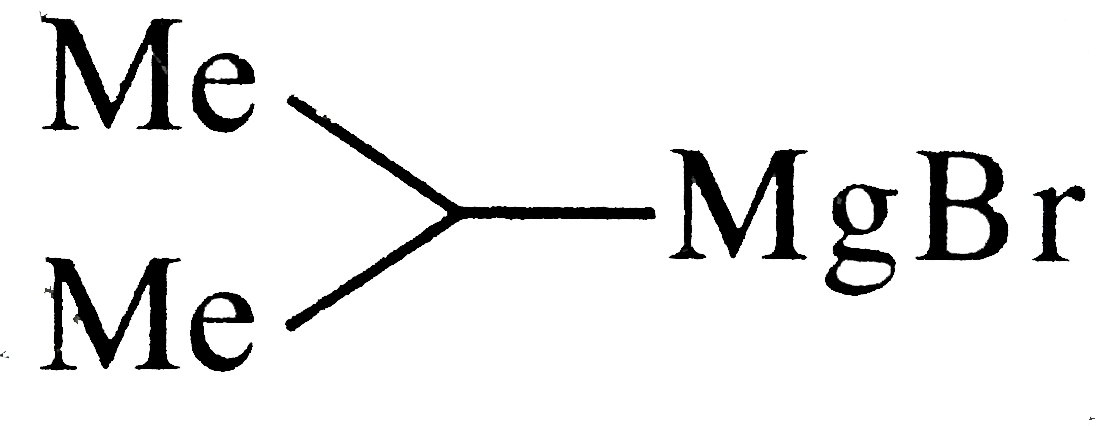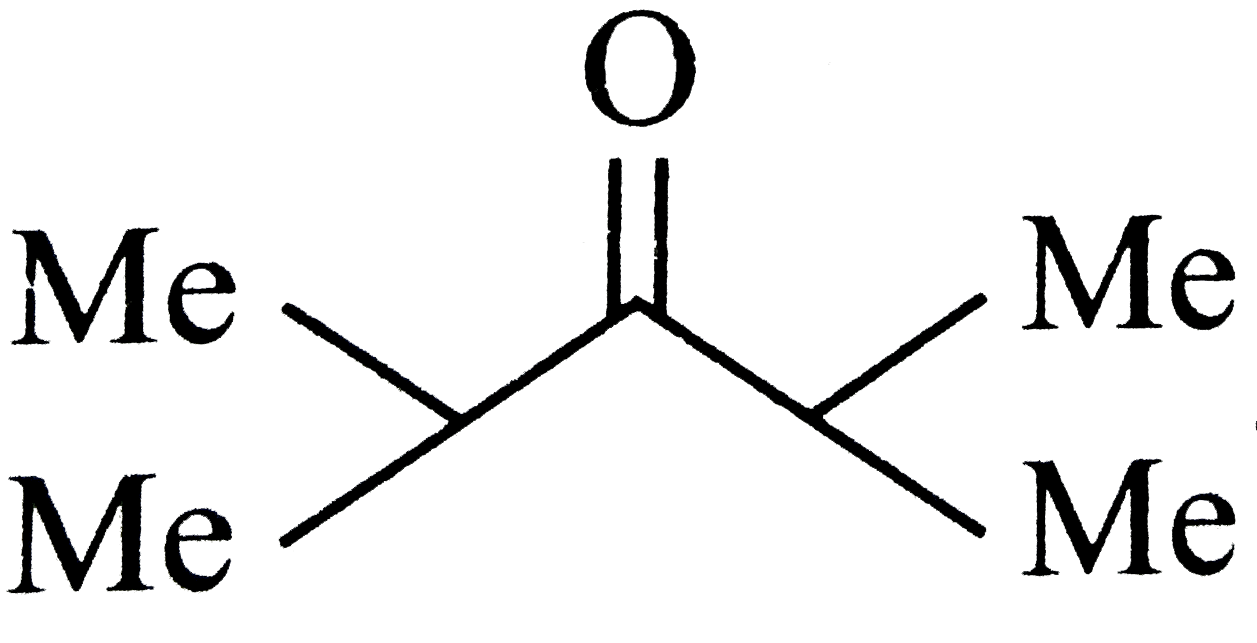When actaldehyde is treated with hydroxylamine, the medium should be:
Highly basic
Highly acidic
Moderately acidic
None of the above
The correct Answer is:C
To determine the appropriate medium for the reaction between acetaldehyde and hydroxylamine, we can follow these steps:
1. Identify the Reactants:
- Acetaldehyde (CH3CHO) is an aldehyde that will react with hydroxylamine (NH2OH).
2. Understand the Reaction Mechanism:
- When acetaldehyde is treated with hydroxylamine, the nitrogen in hydroxylamine attacks the electrophilic carbon in the carbonyl group of acetaldehyde. This leads to the formation of a tetrahedral intermediate.
3. Formation of the Intermediate:
- The reaction begins with the nucleophilic attack of the nitrogen on the carbonyl carbon, which results in the formation of an intermediate that contains both hydroxylamine and the aldehyde.
4. Proton Transfer:
- In the intermediate, there is a possibility of proton transfer. A hydrogen atom from the hydroxyl group can shift to the nitrogen, stabilizing the intermediate.
5. Equilibrium Consideration:
- The reaction is in equilibrium, meaning that the intermediate can revert back to the starting materials (acetaldehyde and hydroxylamine). To drive the reaction towards the product, we need to stabilize the intermediate.
6. Role of Acidic Medium:
- Adding H+ ions (protons) to the reaction mixture will help stabilize the intermediate by forming an oxonium ion. This is crucial for the conversion of the intermediate to the final product, which is an oxime.
7. Avoiding Strong Acidity:
- A strongly acidic medium could lead to the formation of salts and may inhibit the reaction. Therefore, a moderately acidic medium is preferred, typically with a pH between 3 to 4.
8. Conclusion:
- The medium for the reaction between acetaldehyde and hydroxylamine should be moderately acidic to facilitate the formation of the oxime without leading to side reactions.
Final Answer:
The medium should be moderately acidic.
---
- Acetaldehyde (CH3CHO) is an aldehyde that will react with hydroxylamine (NH2OH).
- When acetaldehyde is treated with hydroxylamine, the nitrogen in hydroxylamine attacks the electrophilic carbon in the carbonyl group of acetaldehyde. This leads to the formation of a tetrahedral intermediate.
- The reaction begins with the nucleophilic attack of the nitrogen on the carbonyl carbon, which results in the formation of an intermediate that contains both hydroxylamine and the aldehyde.
- In the intermediate, there is a possibility of proton transfer. A hydrogen atom from the hydroxyl group can shift to the nitrogen, stabilizing the intermediate.
- The reaction is in equilibrium, meaning that the intermediate can revert back to the starting materials (acetaldehyde and hydroxylamine). To drive the reaction towards the product, we need to stabilize the intermediate.
- Adding H+ ions (protons) to the reaction mixture will help stabilize the intermediate by forming an oxonium ion. This is crucial for the conversion of the intermediate to the final product, which is an oxime.
- A strongly acidic medium could lead to the formation of salts and may inhibit the reaction. Therefore, a moderately acidic medium is preferred, typically with a pH between 3 to 4.
- The medium for the reaction between acetaldehyde and hydroxylamine should be moderately acidic to facilitate the formation of the oxime without leading to side reactions.
The medium should be moderately acidic.
Topper's Solved these Questions
- ALIPHATIC AND AROMATIC ALDEHYDES AND KETONESBOOK - CENGAGE CHEMISTRY ENGLISHCHAPTER - ALIPHATIC AND AROMATIC ALDEHYDES AND KETONESEXERCISE - Exercises Assertion-Reasoning
6 Videos
- ALIPHATIC AND AROMATIC ALDEHYDES AND KETONESBOOK - CENGAGE CHEMISTRY ENGLISHCHAPTER - ALIPHATIC AND AROMATIC ALDEHYDES AND KETONESEXERCISE - Archives Objective
10 Videos
- ALIPHATIC AND AROMATIC ALDEHYDES AND KETONESBOOK - CENGAGE CHEMISTRY ENGLISHCHAPTER - ALIPHATIC AND AROMATIC ALDEHYDES AND KETONESEXERCISE - Exercises Multiple Correct
33 Videos
- ALCOHOL,PHENOL AND ETHERSBOOK - CENGAGE CHEMISTRY ENGLISHCHAPTER - ALCOHOL,PHENOL AND ETHERSEXERCISE - Archives Analytical And Descriptive
15 Videos
- APPENDIX INORGANIC VOLUME 2BOOK - CENGAGE CHEMISTRY ENGLISHCHAPTER - APPENDIX INORGANIC VOLUME 2EXERCISE - Short Answer Type
179 Videos
Similar Questions
Knowledge Check
When phenol is treated with Br2-water, the product is
Ao- and p - bromophenolB2,3,4 -tribromophenolC2,4,6- tribromophenolDnone of these
Give one reason: Acetone reacts with hydroxylamine to form only one product which has no. geometrical isomer, but acetaldehyde reacts with hydroxylamine to form a product which has two geometrical isomers.
View SolutionWhen hydrolith is treated with water it yields
View SolutionWhat happens when acetylene is treated with ozone
View SolutionWhen
 is treated with
is treated with  followed by hydrolysis, the product is :
followed by hydrolysis, the product is :
View SolutionWhen ethylamine is treated with sodium metal , the gas evoled is :
View SolutionAcetaldehyde when treated with dilute NaOH gives.
View SolutionWhen methyl iodide is treated with ammonia, the product obtained is/are:
View Solution
